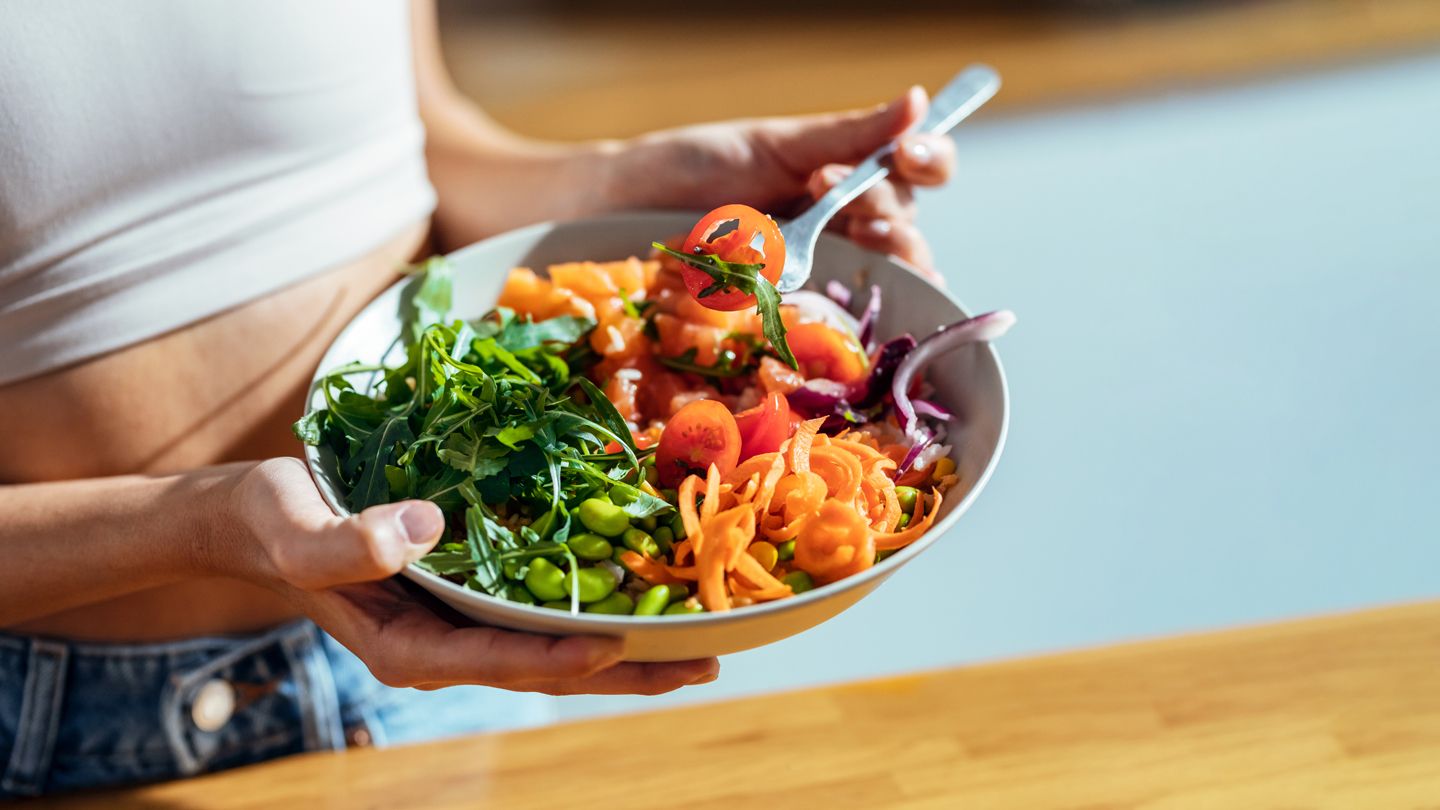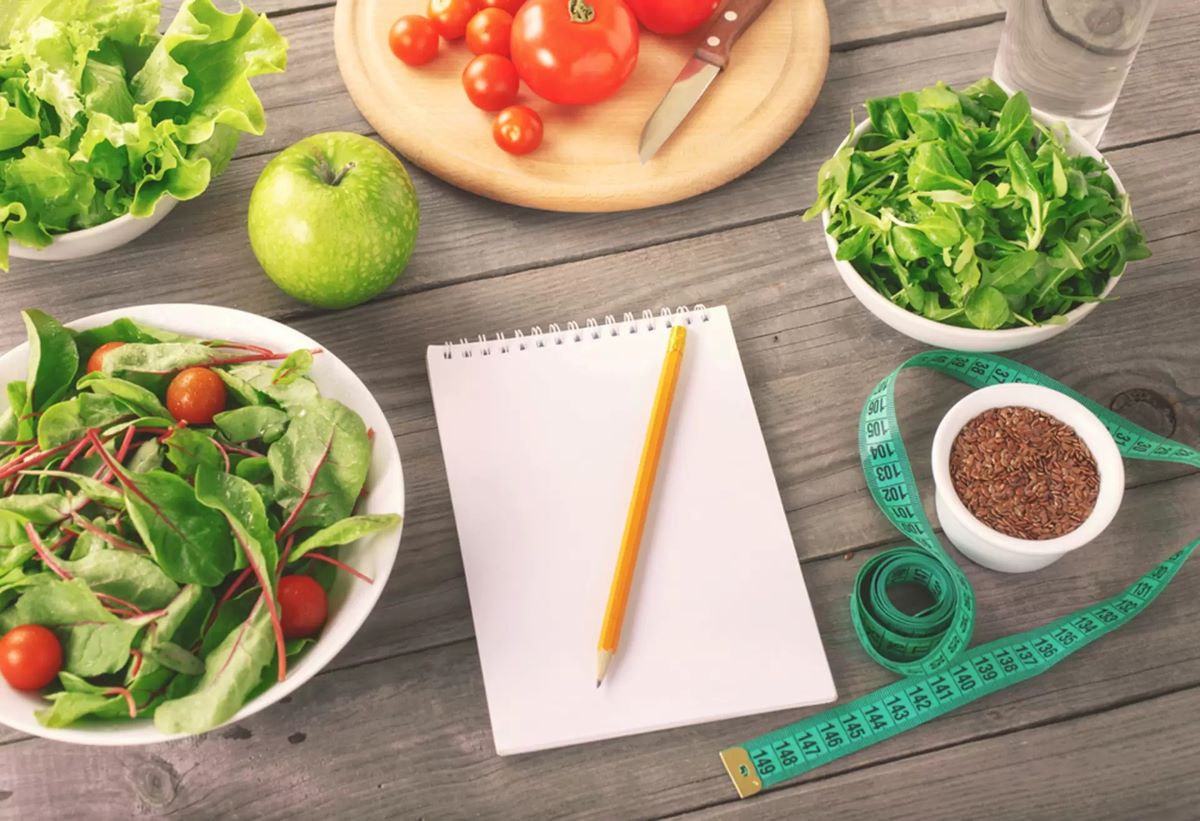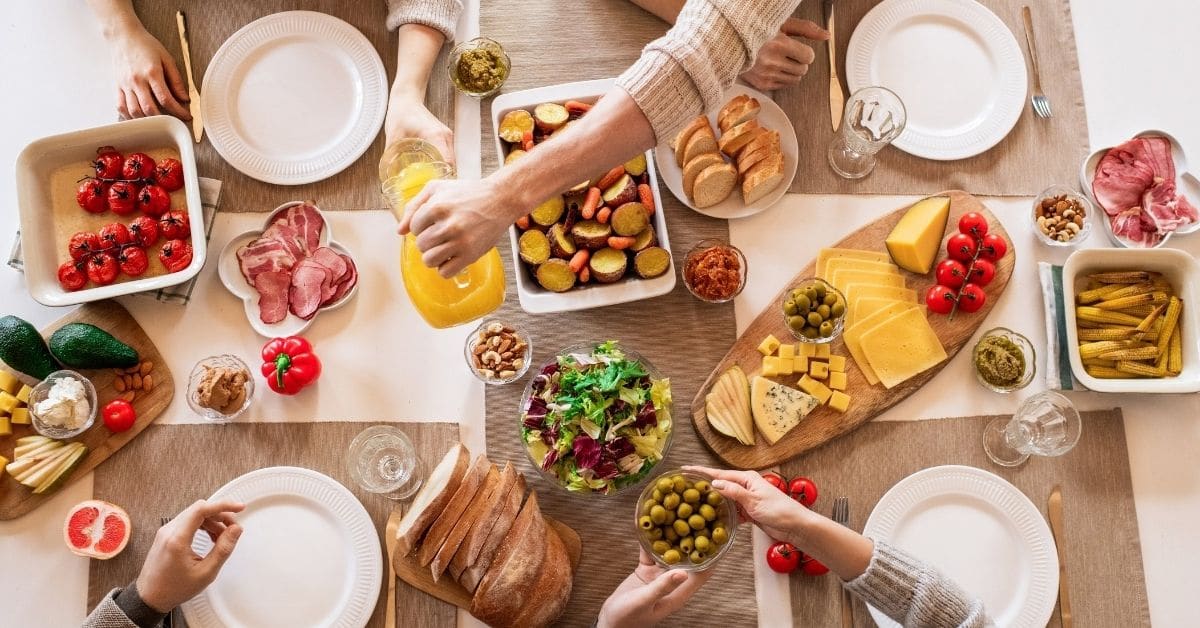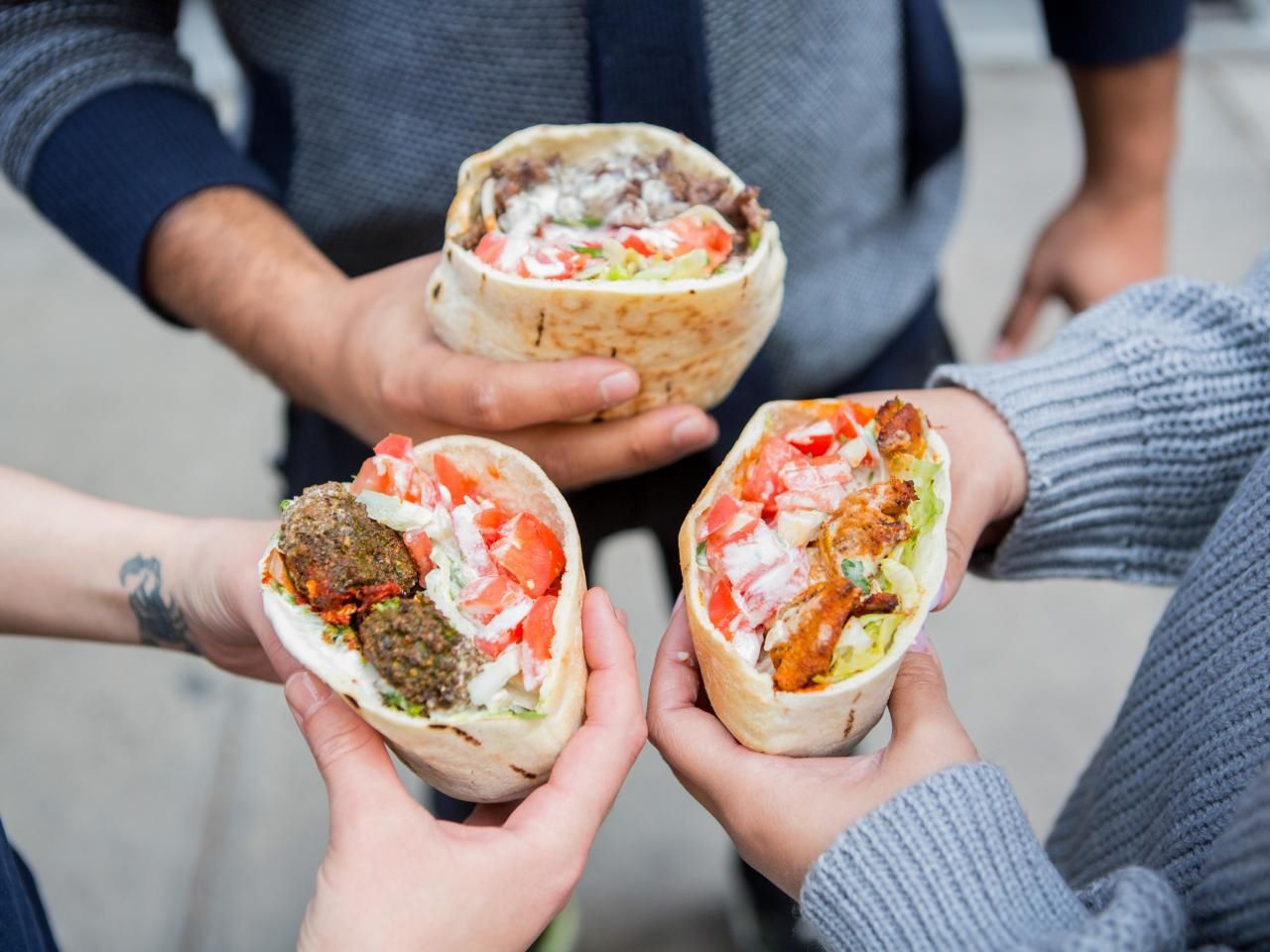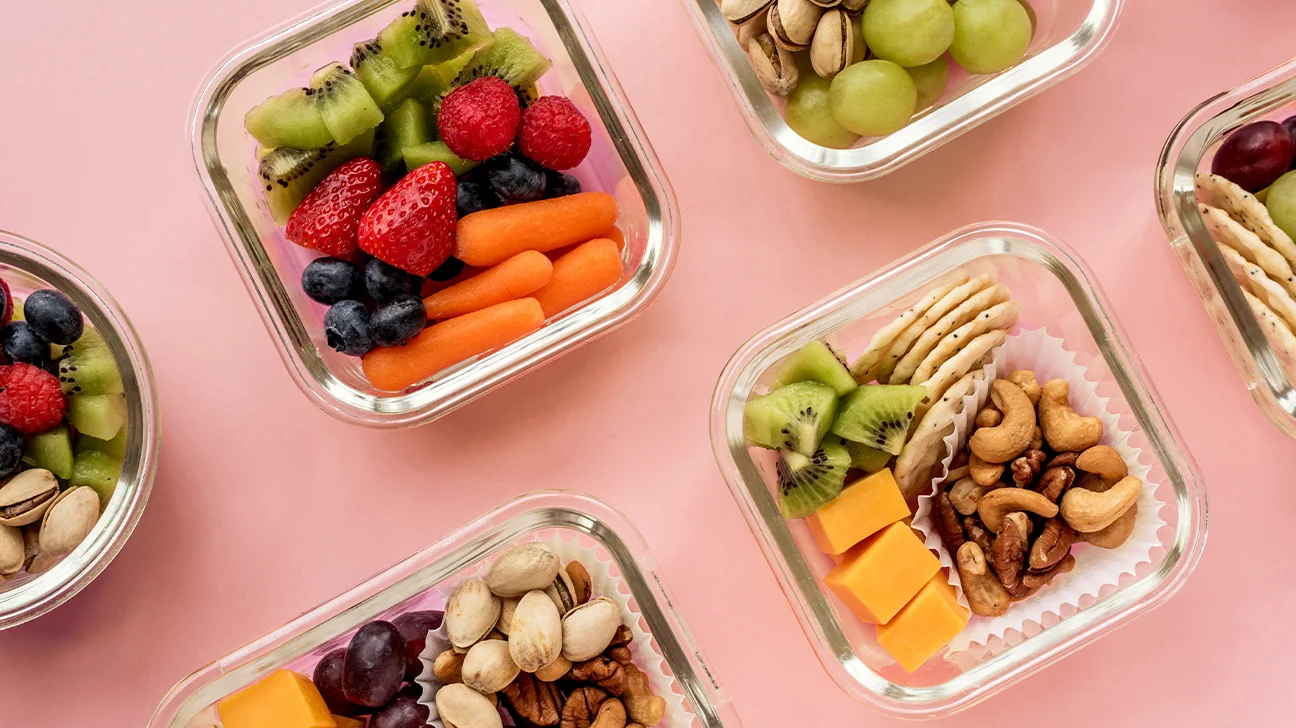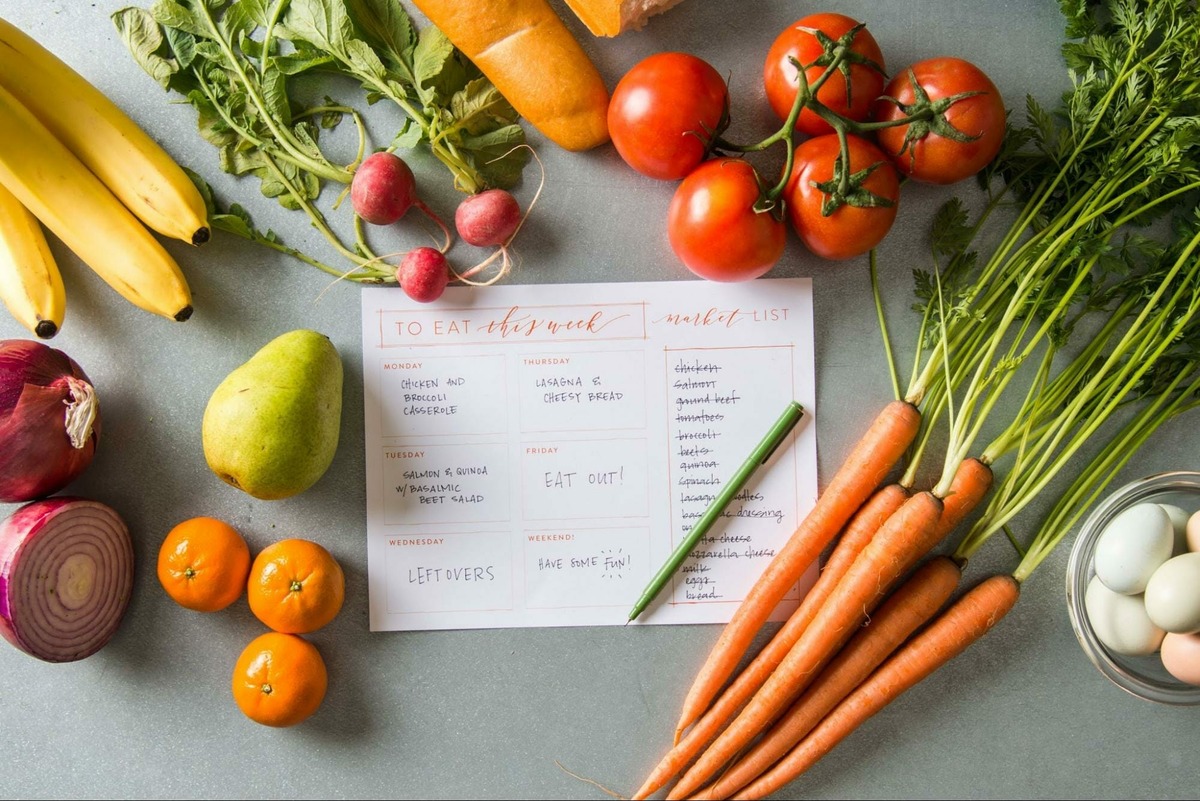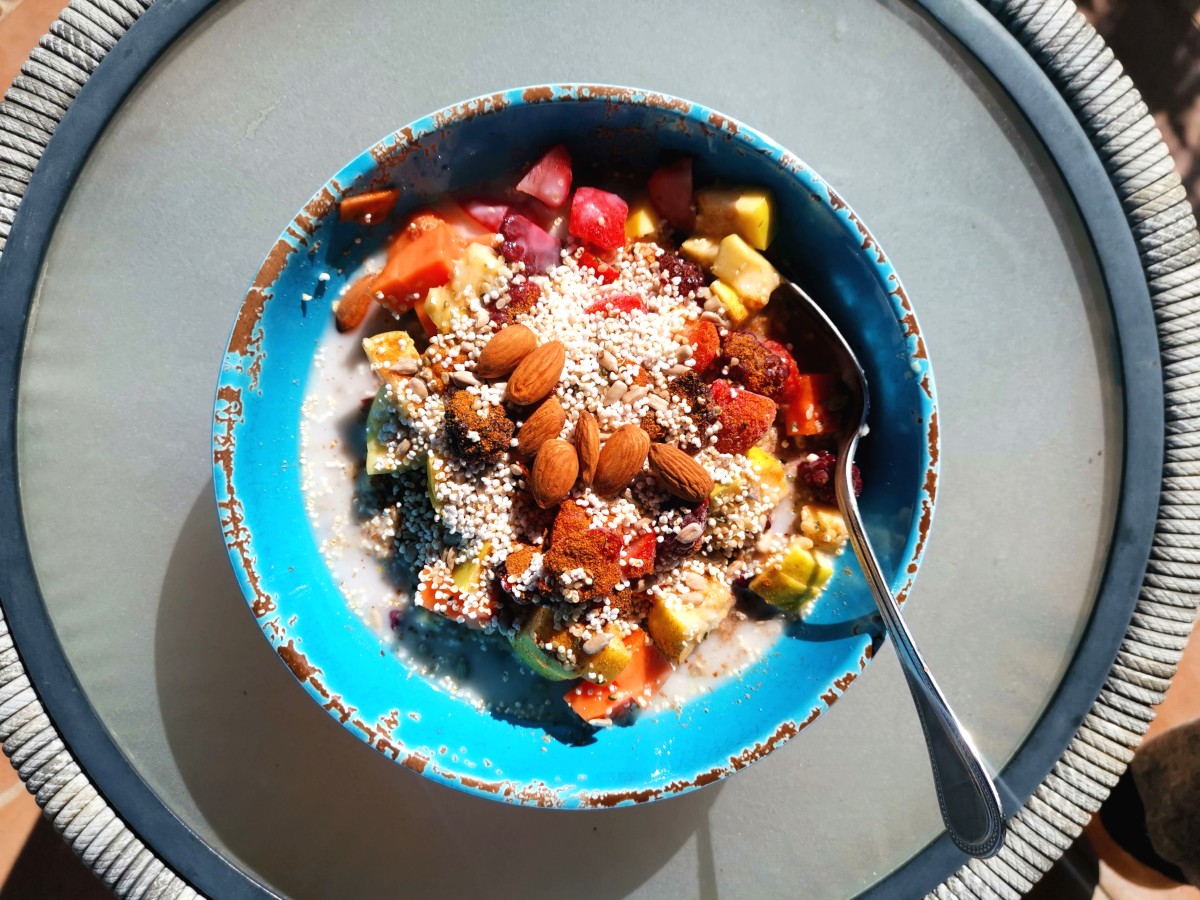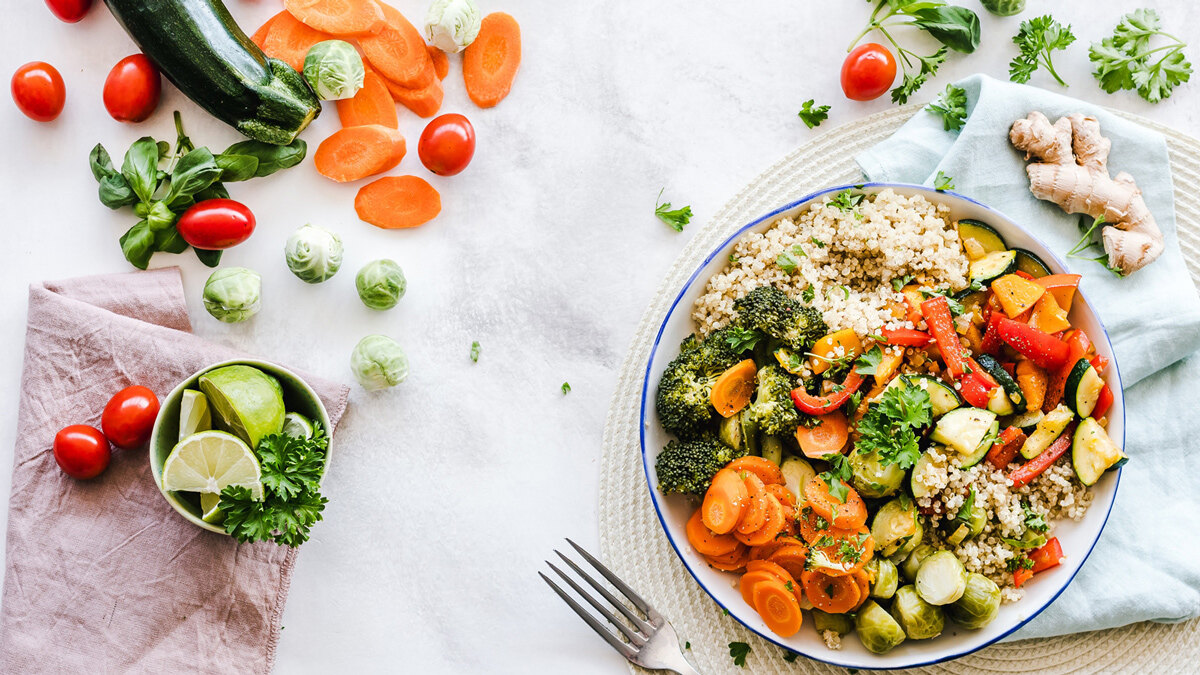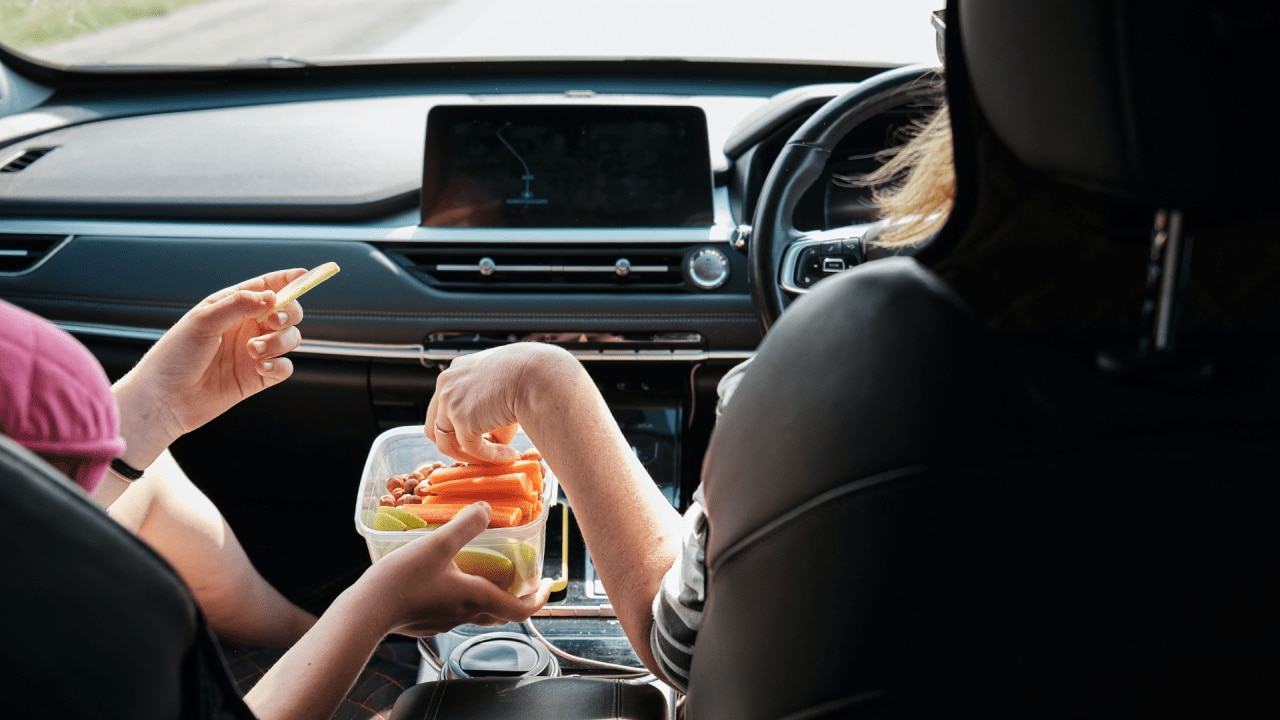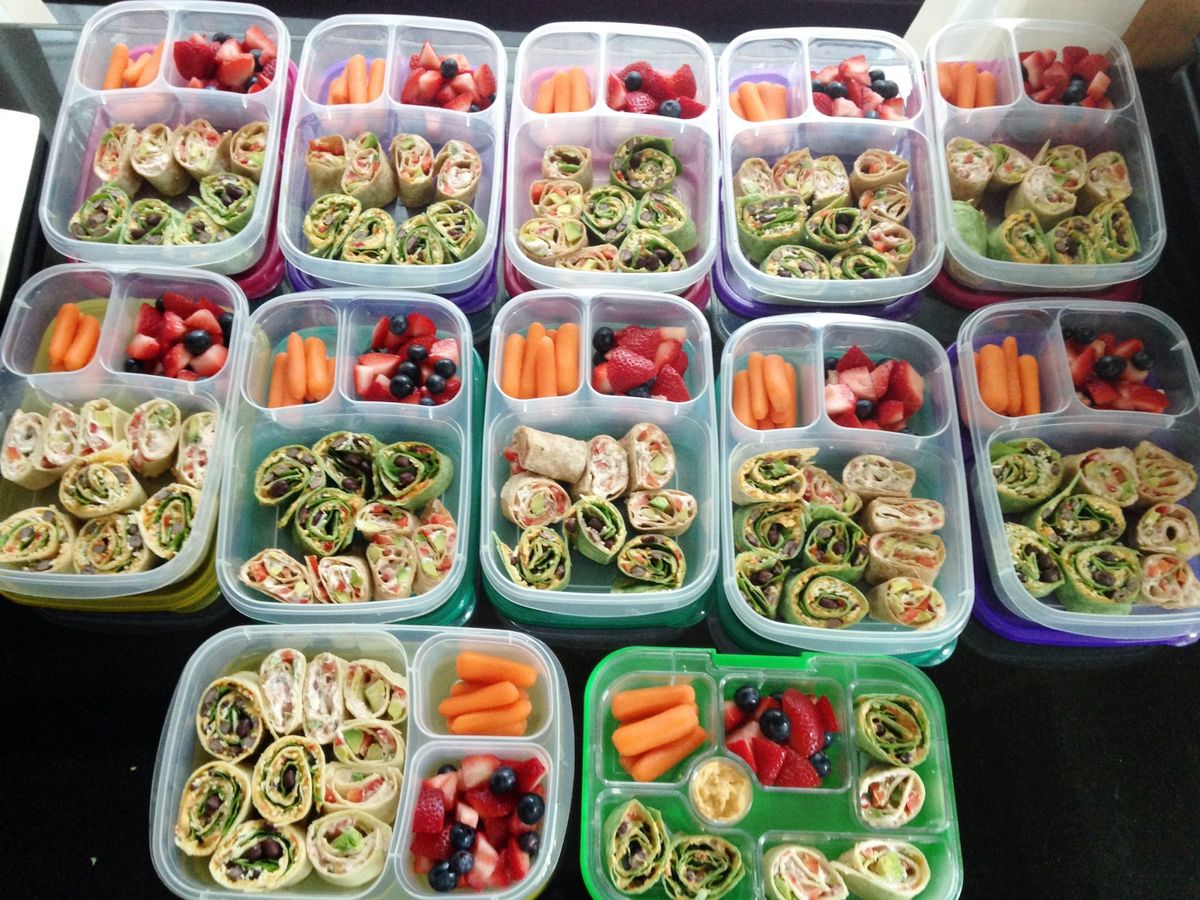How to Eat Healthy on a Budget
Eating healthy doesn’t have to break the bank. With a little planning and creativity, it’s possible to enjoy nutritious meals without spending a fortune. Here are some tips on how to eat very healthily and cheaply:
Plan Your Meals
One of the best ways to eat healthily and cheaply is to plan your meals in advance. Take some time to sit down and create a weekly meal plan. This will help you make a shopping list and avoid impulse purchases. Planning your meals also allows you to buy ingredients in bulk, which can save you money in the long run.
Buy in Season
When fruits and vegetables are in season, they are often more affordable and taste better. Take advantage of seasonal produce by incorporating them into your meals. You can also buy extra and freeze them for later use. This way, you can enjoy your favorite fruits and vegetables all year round without paying a premium.
Shop Smart
When shopping for groceries, be mindful of sales and discounts. Compare prices and consider buying generic brands, which are often cheaper than name brands but offer similar quality. Additionally, buying in bulk can be cost-effective, especially for non-perishable items like rice, beans, and oats.
Cook at Home
Cooking at home is not only healthier but also more budget-friendly than dining out. When you prepare your meals, you have control over the ingredients and portion sizes. Invest in basic cooking skills and experiment with different recipes to keep your meals interesting and enjoyable.
Embrace Plant-Based Proteins
Protein is an essential part of a healthy diet, but it doesn’t have to come from expensive sources like meat and seafood. Incorporate plant-based proteins such as beans, lentils, and tofu into your meals. These options are not only affordable but also high in fiber and other essential nutrients.
Minimize Food Waste
Reducing food waste can help you save money and eat more sustainably. Plan your meals to use up ingredients before they spoil, and get creative with leftovers. You can also repurpose vegetable scraps to make homemade broth or compost them for your garden.
Grow Your Own
If you have space, consider starting a small garden to grow your own herbs, fruits, and vegetables. This can be a rewarding and cost-effective way to access fresh produce. Even if you don’t have a garden, you can grow herbs and small vegetables in pots on a balcony or windowsill.
Conclusion
Eating very healthily and cheaply is achievable with the right strategies. By planning your meals, shopping smart, cooking at home, and making use of affordable ingredients, you can enjoy nutritious and delicious meals without breaking the bank. With a little effort and creativity, you can prioritize your health and well-being without compromising your budget.
– Buy in bulk to save money on staples like rice, beans, and oats.
– Choose seasonal fruits and vegetables, as they tend to be cheaper and fresher.
– Cook at home instead of eating out to save money and have control over the ingredients.
– Buy frozen fruits and vegetables, which are often more budget-friendly and have a longer shelf life.
– Incorporate fruits and vegetables into meals like smoothies, salads, and stir-fries to make them go further.
– Buy cheaper cuts of meat or opt for canned fish like tuna or salmon for a budget-friendly protein source.
– Consider eggs and dairy products like yogurt and cottage cheese as affordable protein options.
– Use vegetable scraps to make homemade broth or compost them for your garden.
– Freeze leftovers or excess produce to use in future meals.
– Make your own snacks like trail mix, popcorn, or homemade granola bars to save money and reduce added sugars and preservatives.
– Choose canned or dried beans over pre-packaged bean products to save money and reduce packaging waste.
